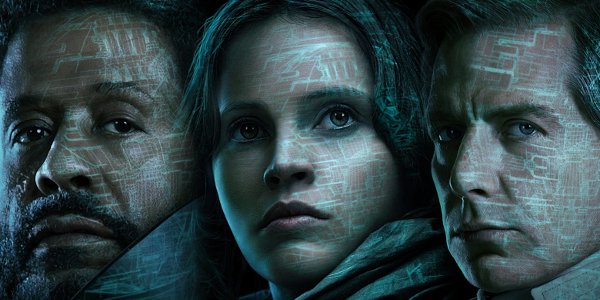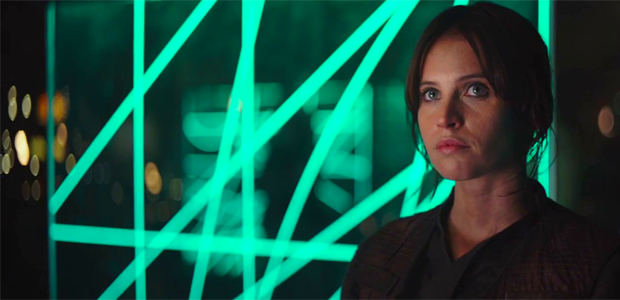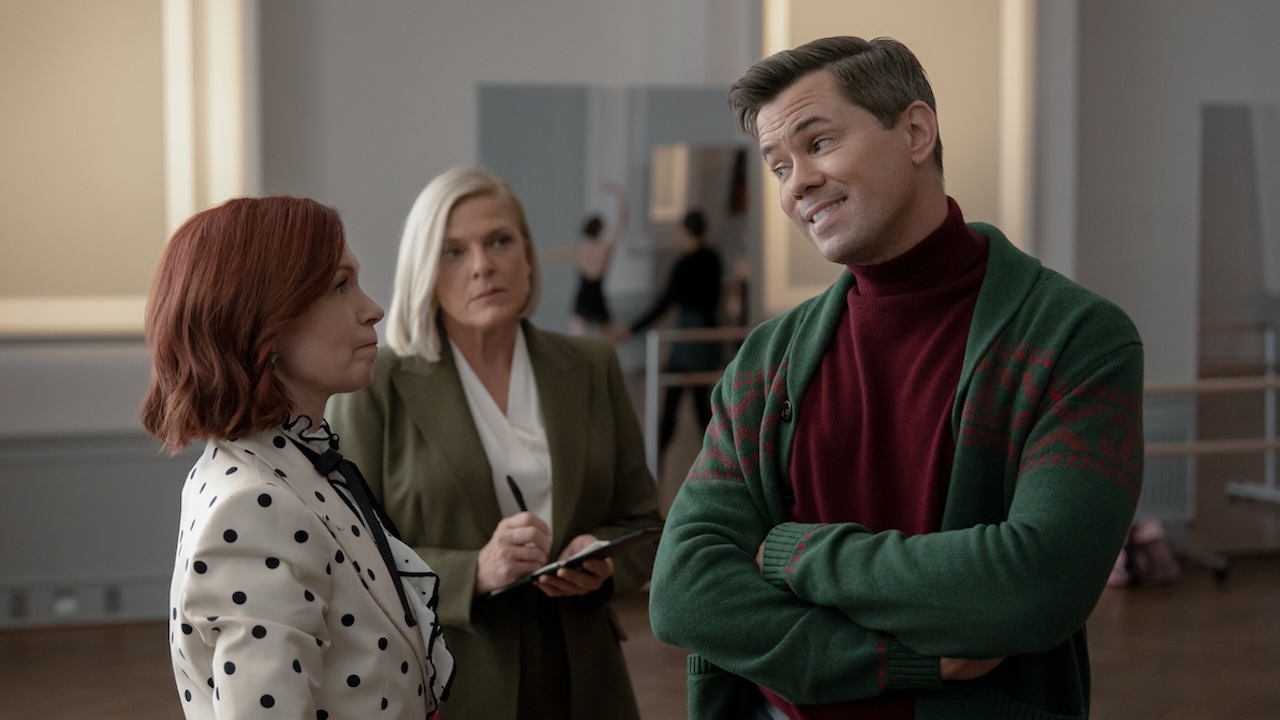To 3D Or Not To 3D: Buy The Right Rogue One Ticket

If you're one of the Star Wars fans eagerly awaiting their return to that galaxy far, far away, Rogue One: A Star Wars Story is the day you've been waiting for! So obviously, it's going to be important to see the film in the best presentation possible, with one of those options being the standard 3D presentation.
But is this second Star Wars film with a planned 3D release worth forcing the issue for 3D, or would you be better off putting your money towards a planet killing weapon? We'll be more than glad to answer that question for you, as we're about to weigh the pros and cons, and ask that ultimate question: to 3D, or not to 3D? If you're looking for our official review of the film's content, you can read that here. Otherwise, it's time to evaluate the third dimensional component, and let you know where your money should be spent.
A Star Wars movie in 3D is something that a lot of folks would tell you they've been waiting for since the start of the craze. With all of the adventure, explosions, and multitudes of characters populating any given frame of Rogue One: A Star Wars Story, a proper 3D presentation would be a fantastic treat to the audiences looking to partake.
Obviously, Rogue One: A Star Wars Story was a post-conversion effort, which isn't necessarily a bad thing. This is especially true in the hands of Gareth Edwards, who was previously hands on with the post-conversion process on Godzilla, using the process to enhance the over-all 3D effect. But even with the possibility of Edwards' 3D conversion prowess, the overall 3D manages to be only a step above the conversion that was Star Wars: The Force Awakens.
For the most part, Rogue One: A Star Wars Story doesn't throw a lot of objects at the audience. Blaster bolts and laser charging don't really jump off the screen as well as they should. However, when it comes to explosive sequences, there's actually a couple sequences that really did stand out. Debris from, as well as the actual explosion itself, manages to leap off of the screen. But those moments are far and few between.
As far as the depth of the 3D picture goes, Rogue One manages to maintain decent depth perception throughout the film. Spatial reasoning between characters is well defined, and battle sequences see scores of vehicles and soldiers all managing not to lose definition during the fast paced action on the screen. It's not perfect depth of picture, but the images tend to go pretty deep - particularly with stark backgrounds for items to stand out against.
There's quite a few scenes of darkness in Rogue One: A Star Wars Story. While the brightness factor isn't a total failure, there's still a fair amount of dimness that's added when you slip on the glasses. Even in sequences where it's totally bright outside during the climactic finale on Scarif, the dimness of the 3D is a bit of a drawback to the total experience. Though your mileage may vary with this issue, as theaters don't always calibrate their projectors properly, and not all showings will be of the same quality.
Your Daily Blend of Entertainment News
With a film that manages to make good usage of depth perception with its images, the blurriness of the image tends to match the quality of said depth. Rogue One: A Star Wars Story does manage to be consistent with the quality of its blur. Varying degrees of blur are used to draw focus to certain parts of the image, with backgrounds in particular benefiting the most from image blur.
A case could be made for a direct correlation between the brightness of a screening and the overall effect it has on the audience's health. Rogue One's darkness problem gives it a disadvantage in this case, as several sequences confuse the eyes and wonk out during pieces of the action. This causes strain on the eyes, and can not only tire out an audience member's gaze, but may also cause headaches.
Rogue One: A Star Wars Story is a good step in the right direction for the future of Star Wars in 3D. That said, there's still work that's going to be needed when preparing Star Wars: Episode VIII for 3D exhibition, as brightness and projecting items out of the frame are two big areas that could be improved by time next December comes around. Otherwise, you're probably better off seeing Rogue One: A Star Wars Story in 2D, but it isn't a complete waste with a 3D presentation.


Mike Reyes is the Senior Movie Contributor at CinemaBlend, though that title’s more of a guideline really. Passionate about entertainment since grade school, the movies have always held a special place in his life, which explains his current occupation. Mike graduated from Drew University with a Bachelor’s Degree in Political Science, but swore off of running for public office a long time ago. Mike's expertise ranges from James Bond to everything Alita, making for a brilliantly eclectic resume. He fights for the user.
